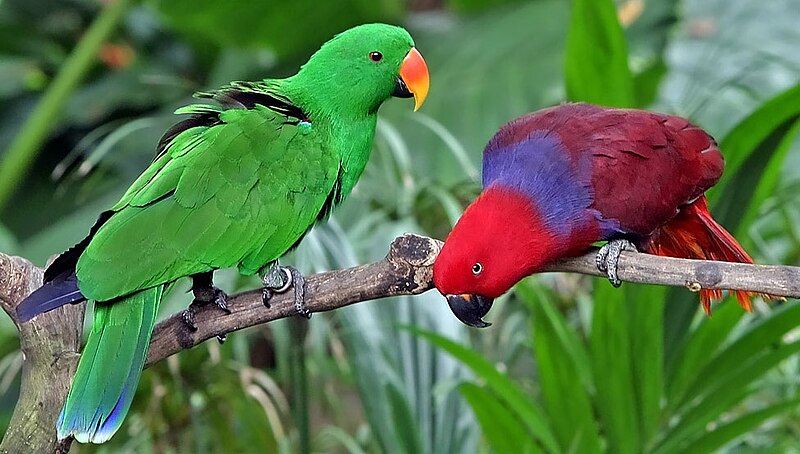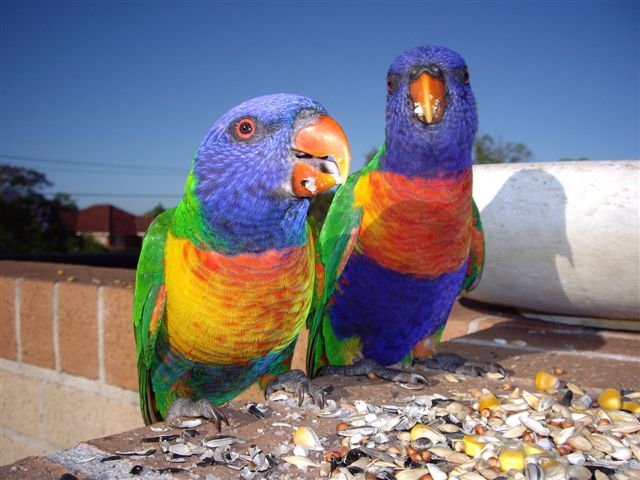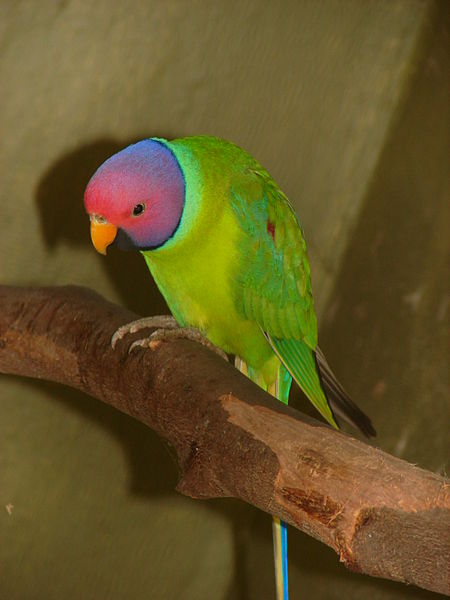 The Eclectus Parrot is well known for an unusual degree of sexual dimorphism (males are emerald green, females bright red) and a breeding strategy wherein several males mate with a single female. But no one expected the results of a recent study: under certain circumstances, mothers will kill their male chicks and raise only females. Other than humans, Eclectus Parrots are the only species known to kill offspring based solely upon gender.
The Eclectus Parrot is well known for an unusual degree of sexual dimorphism (males are emerald green, females bright red) and a breeding strategy wherein several males mate with a single female. But no one expected the results of a recent study: under certain circumstances, mothers will kill their male chicks and raise only females. Other than humans, Eclectus Parrots are the only species known to kill offspring based solely upon gender.
Harsh Conditions and Drastic Adaptations
The study, published in the journal Current Biology (October, 2011), was conducted by researchers based at the Australian National University. The study site was at Cape York, Queensland, in Australia’s tropical northeast (Eclectus Parrots are also found on New Guinea and many Indonesian islands). Read More »
 That Bird Blog – Bird Care and History for Pet Birds
That Bird Blog – Bird Care and History for Pet Birds




